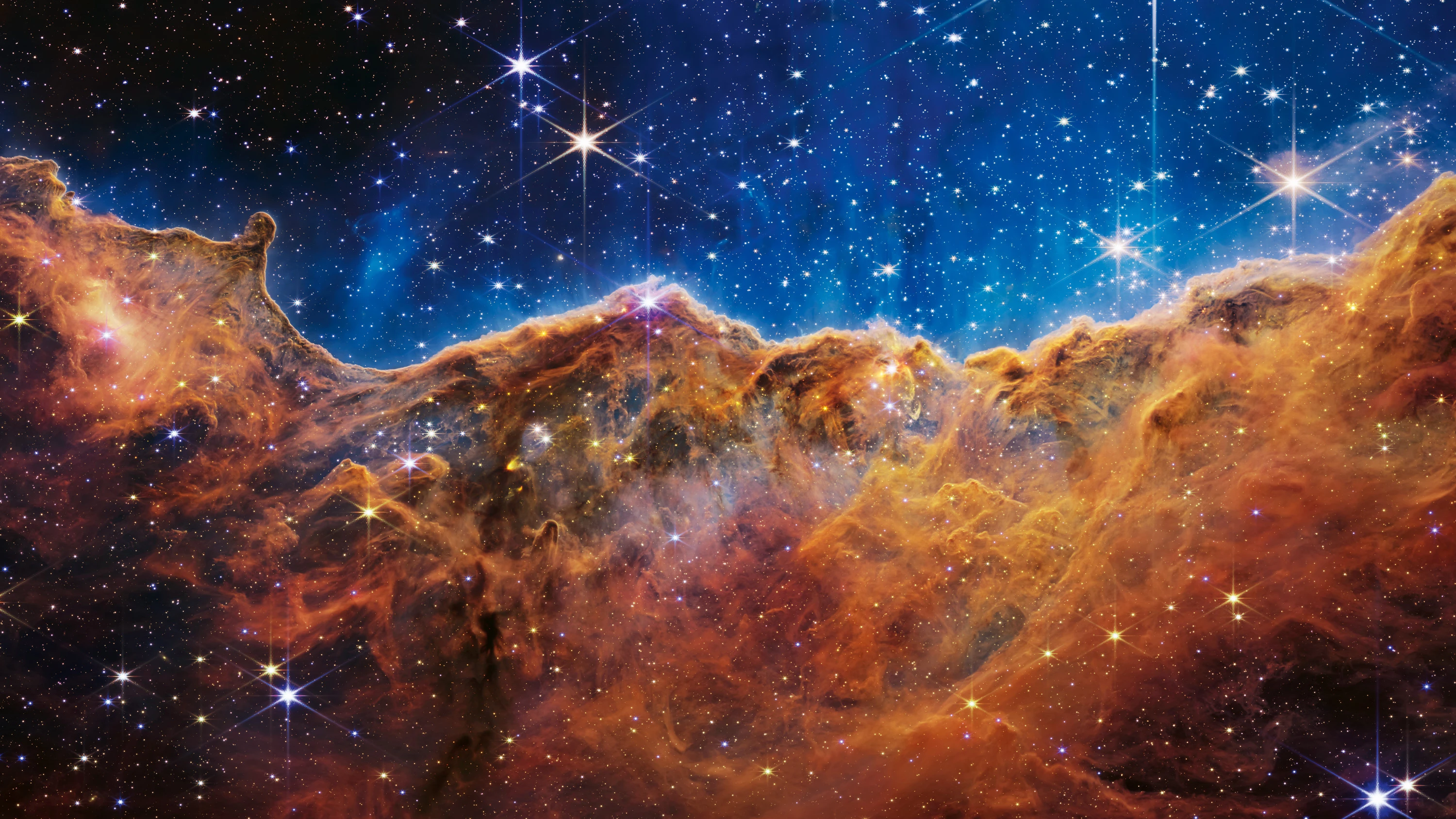
Keel Nebula captured in infrared light by the James Webb Space Telescope
Climate kills, science saves. During this summer of drought and fires, the best news have been scientific. Energy, inflation, and war made the covers, but some of the achievements in science cast light on a troubled world: the James Webb spatial telescope has shown, with fascinating infrared images, the dust and gas of the nebulae where stars are born and die, colliding galaxies that help clarify the origins of the universe, and a giant exoplanet with water in its atmosphere that stimulates the search for organic remains; the Large Hadron Collider of the CERN resumed work after three years of upgrades in this particle accelerator, the world’s largest, to operate at a record energy that will allow it to multiply by 20 the collisions in this subterranean ring of 27 kilometers that a decade ago led to the discovery of the Higgs Boson; and the physicists in this European laboratory informed about the violation of lepton universality in the disintegration of B-mesons, an anomaly that adds on to those detected recently at the American Fermilab, referred to the magnetic properties of the mesons and to the mass of W boson, deviations all that question the standard model of particle physics.
These feats in cosmology and fundamental physics coincide with the resumption of space exploration (50 years after the last human presence on the Moon), with various missions, among which NASA’s Artemis is the most ambitious, with the SLS rocket – the largest ever – and the Orion capsule, which in three years plans to take to the Moon “the first woman and the first person of color,” for which it initially plans to launch a crewless mission: a step towards the flight to Mars, building a base on the South Pole of the Moon with textiles and regolith through 3D printing, a visionary project of government agencies that is joined by a crop of less expensive private initiatives in the field of space exploitation. And also a private company is responsible for the perhaps most important breakthrough, the mapping of the three-dimensional structure of all proteins from their two-dimensional genetic sequence: an extraordinary achievement of the artificial intelligence system AlphaFold – designed by DeepMind, the same team of Alphabet, the Google matrix, which created the unbeatable AlphaGo –, and which will undoubtedly transform nuclear biology and the lives of all us.






